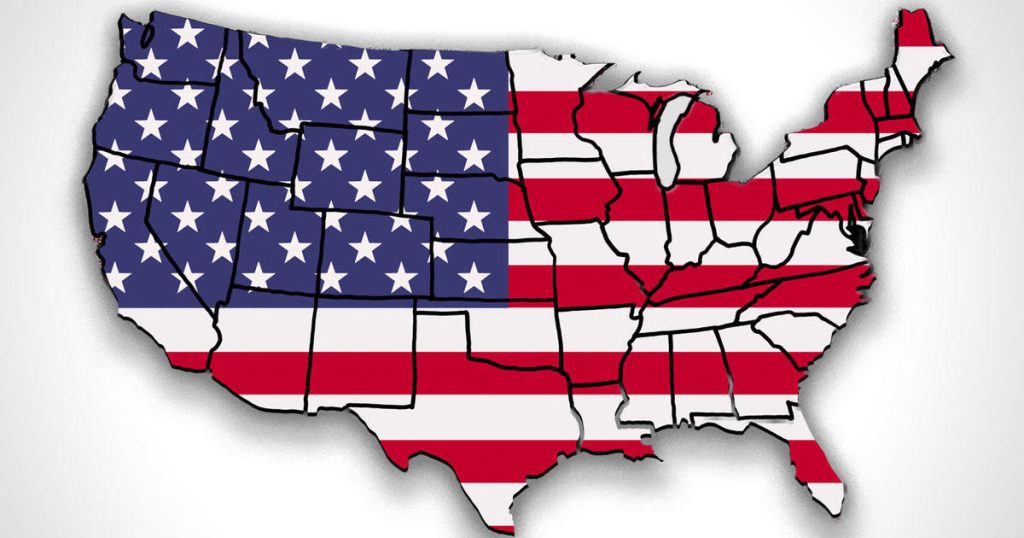The Electoral College is the process by which Americans elect their president and vice president indirectly through their state’s electors. Candidates must secure 270 electoral votes, a majority of the 538 at stake, in order to win the White House. Before the general election, states select slates of electors. After voters cast their ballots in November, the candidate who wins the popular vote determines which slate of electors — Republican, Democrat, or a third party — will cast electoral votes in the Electoral College for the president. In most states, it’s winner-take-all — whoever gets the most votes in the state wins all of its electoral votes.
There are 538 electors in total across the 50 states and Washington, D.C. Each state is allocated electors based on the size of its congressional delegation. States may gain or lose electors as the population shifts, and there have been changes since the 2020 presidential election. The electors are chosen before the general election by their respective political party. Their sole purpose is to meet in their state following the November election and cast two votes — one for the president and one for the vice president. Each party’s slate of electors may include state and local elected officials, party leaders, community activists, and others affiliated with the party.
In the rare event that there’s a tie in the Electoral College, members of the House of Representatives would decide the outcome of the presidential election, while the Senate would select the vice president. This type of contingent election would take place if neither candidate wins a majority or if a third-party candidate wins some of the electoral votes. There have been contingent elections twice since the 12th Amendment was ratified in 1804. The Electoral College was established in Article II of the Constitution and could be repealed by constitutional amendment, but it requires a difficult process.
Despite frustration from Americans over the Electoral College, the system remains in place because it was seen as a middle ground between giving the decision to Congress or a direct vote by citizens by the Founding Fathers. Proponents argue that it prevents less populous states from being underrepresented by discouraging candidates from campaigning disproportionately in heavily populated urban centers. Various proposals have been introduced in Congress to change the process, and the National Popular Vote Interstate Compact has been adopted by 17 states and Washington, D.C., but it would only go into effect if enough states agree. The history of the Electoral College dates back to the Founding Fathers who established it in the Constitution in 1787.


